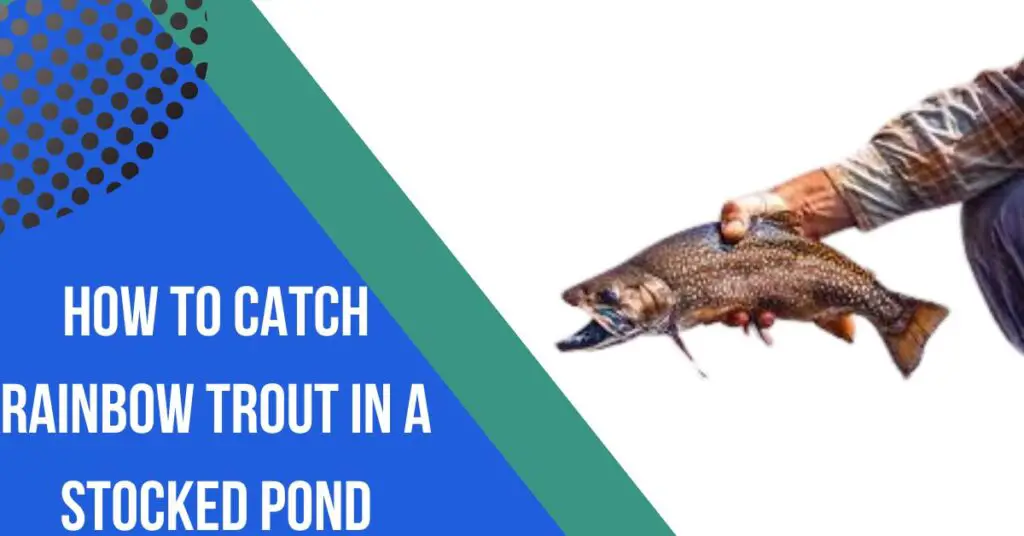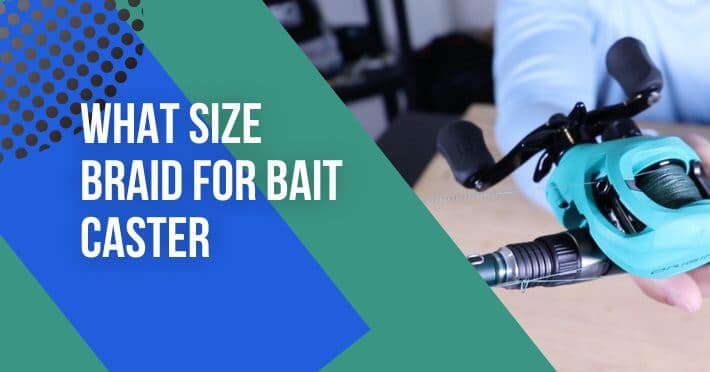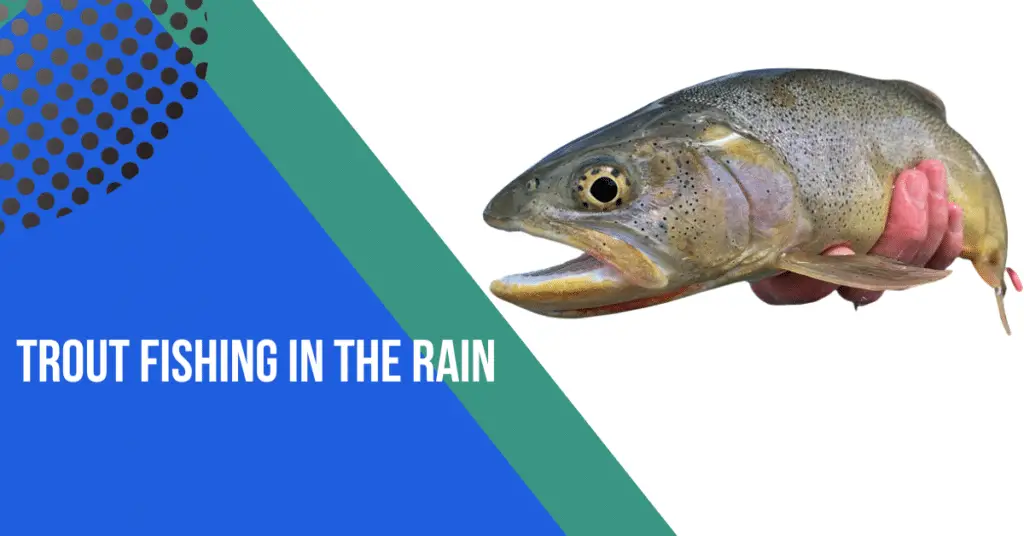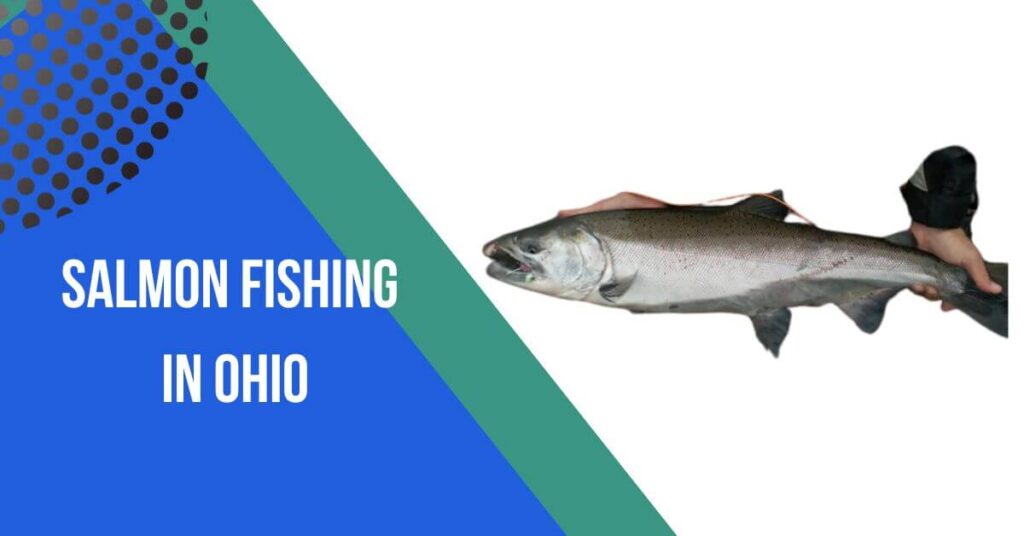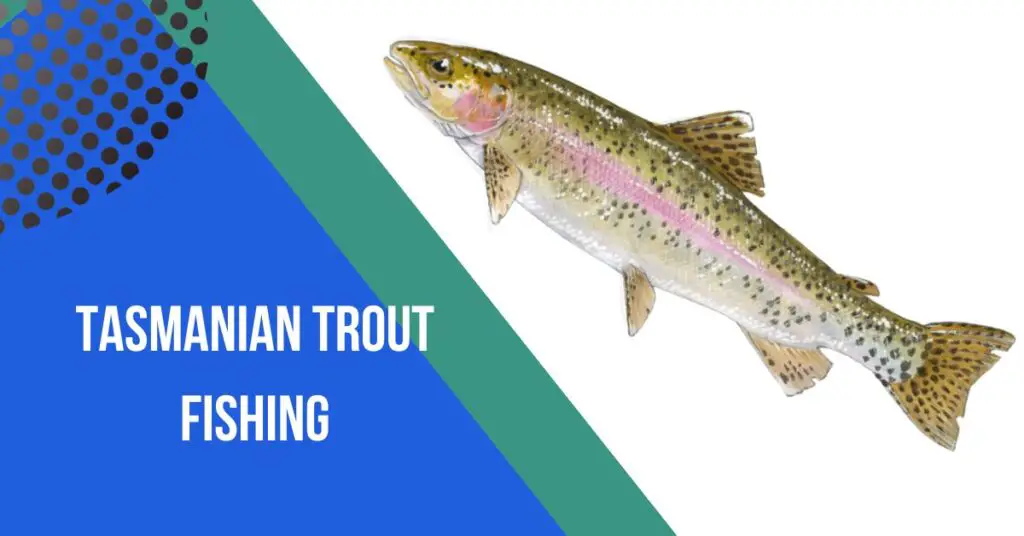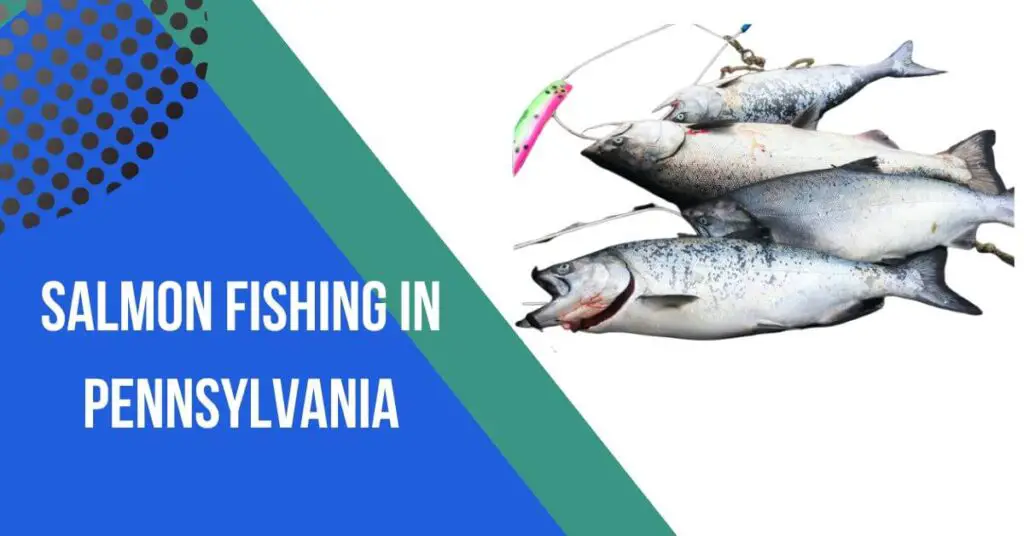Contents
- 1 How To Catch Rainbow Trout In A Stocked Pond
- 2 Line Strength:
- 3 Visibility:
- 4 Line Type:
- 5 Sensitivity:
- 6 Durability:
- 7 Casting Distance:
- 8 Budget:
- 9 Weather Conditions:
- 10 Dealing with common challenges:
- 11 High Fishing Pressure:
- 12 Selective Feeding Behavior:
- 13 Changing Weather Conditions:
- 14 Clear Water Visibility:
- 15 Overhead Cover and Structure:
- 16 Unpredictable Trout Behavior:
- 17 Seasonal Variations:
- 18 Handling Sensitive Bites:
- 19 Catch and Release Stress:
- 20 Regulations Compliance:
- 21 Local Regulations and Guidelines:
- 22 Research Local Regulations:
- 23 Fishing Permits and Licenses:
- 24 Seasonal Restrictions:
- 25 Catch Limits:
- 26 Bait and Tackle Restrictions:
- 27 Catch-and-Release Policies:
- 28 Restricted Areas:
- 29 Environmental Considerations:
- 30 Boating Regulations:
- 31 Reporting Violations:
- 32 Conclusion:
- 33 FAQs:
- 34 Q: What is the best time of day to catch rainbow trout in a stocked pond?
- 35 Q: What type of bait is most effective for rainbow trout in stocked ponds?
- 36 Q: How can I avoid spooking trout in clear water?
- 37 Q: Are there specific regulations for catch-and-release fishing in stocked ponds?
- 38 Q: What should I do if the stocked pond is crowded?
- 39 Q: Can I use a boat in stocked ponds for rainbow trout fishing?
- 40 Q: How do I handle trout efficiently to minimize stress during catch-and-release?
- 41 Q: What’s the best way to locate trout in a stocked pond?
Welcome to the world of trout fishing! If you’re eager to catch rainbow trout in a stocked pond, you’re in for an exciting adventure.
In this guide, we’ll explore some tried-and-true techniques to enhance your chances of success.
From choosing the right bait to mastering your casting technique, we’ve got you covered.
Let’s dive into How To Catch Rainbow Trout In A Stocked Pond the basics and get you on the path to reeling in those vibrant rainbow trout in no time!
How To Catch Rainbow Trout In A Stocked Pond
Selecting the right fishing line is crucial for successful rainbow trout fishing in a stocked pond.
The choice of fishing line depends on various factors such as the fishing conditions, the behavior of rainbow trout, and personal preferences. Here are some considerations when selecting the right fishing line:
Line Strength:
Opt for light to ultralight fishing lines, typically in the range of 2 to 8-pound test. Rainbow trout in stocked ponds are generally not exceptionally large, and lighter lines offer better sensitivity for detecting subtle bites.
Visibility:
Consider the visibility of the fishing line. In clear water conditions, a low-visibility or clear line might be preferred to reduce the chances of spooking the trout.
However, in murky water, a high-visibility line can help you see subtle movements and detect bites more easily.
Line Type:
Monofilament, fluorocarbon, and braided lines are common choices. Monofilament is budget-friendly and has some stretch, which can be beneficial for absorbing sudden movements.
Fluorocarbon is nearly invisible underwater and has less stretch than monofilament, providing better sensitivity. Braided lines offer strength and sensitivity but may be more visible.
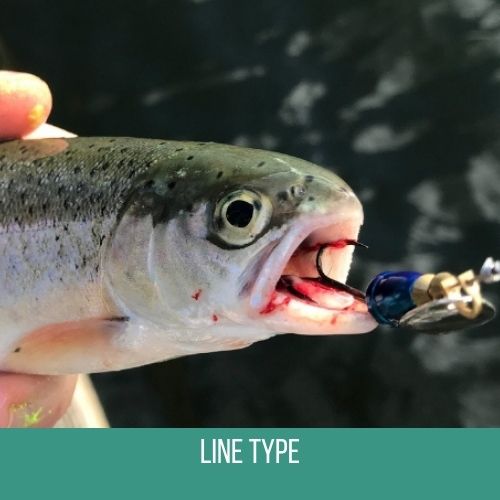
Sensitivity:
Rainbow trout can be finicky bitters, so having a line with good sensitivity is essential. Fluorocarbon lines are known for their low stretch and enhanced sensitivity, making it easier to feel subtle bites.
Durability:
Consider the durability of the line, especially if the pond has structures like rocks or submerged vegetation. Fluorocarbon and braided lines tend to be more abrasion-resistant than monofilament.
Casting Distance:
If you need to cast long distances, a low-diameter, high-test line can be beneficial. This allows for less water resistance and increased casting distance.
Budget:
Your budget may influence your choice. Monofilament lines are typically more affordable, while fluorocarbon and braided lines can be more expensive.
Weather Conditions:
Take into account the weather conditions. For example, in cold weather, monofilament lines may perform better as they are less prone to freezing compared to braided lines.
Always check local regulations as some fishing spots may have specific rules regarding the type and test strength of fishing lines allowed.
Experimenting with different lines in various conditions will help you determine what works best for your rainbow trout fishing in a stocked pond.
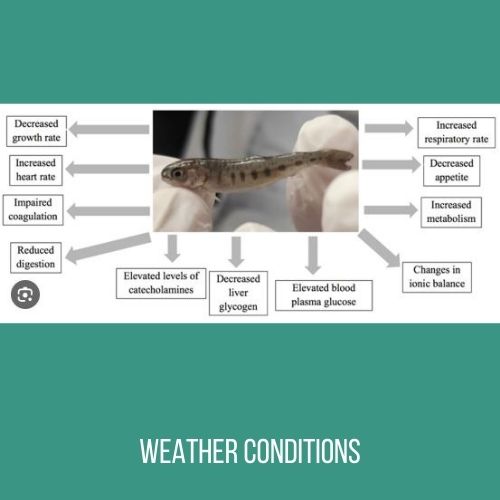
Dealing with common challenges:
Rainbow trout fishing in stocked ponds comes with its share of challenges. Being prepared to tackle these challenges can significantly improve your success rate.
Here are some common challenges and ways to overcome them:
High Fishing Pressure:
Solution: Try fishing during off-peak hours or on weekdays when fishing pressure is lower. Additionally, explore less crowded areas of the pond to increase your chances.
Selective Feeding Behavior:
Solution: Rainbow trout can be picky eaters. Experiment with different baits, lures, and presentations until you find what works on a particular day. Pay attention to the natural prey in the pond and try to mimic it.
Changing Weather Conditions:
Solution: Fish are often affected by changes in weather. Adjust your techniques based on the conditions.
For example, during bright sunny days, fish might seek deeper, shaded areas. In contrast, during overcast days, they might be more active near the surface.
Clear Water Visibility:
Solution: In clear water, trout can be easily spooked by fishing line visibility. Use lighter fluorocarbon lines or longer leaders to make your presentation more stealthy. Approach fishing spots quietly to avoid alarming the fish.
Overhead Cover and Structure:
Solution: Trout often hides near submerged structures. Use weedless lures or adjust your rigging to minimize snagging. Work your bait/lure around structures carefully to entice strikes without getting tangled.
Unpredictable Trout Behavior:
Solution: Rainbow trout behavior can change rapidly. Stay observant and adapt your approach. If one technique isn’t working, be willing to switch to a different bait, lure, or presentation style.
Seasonal Variations:
Solution: Trout behavior can vary with the seasons. Research and understand the seasonal patterns of the stocked pond. Adjust your fishing strategies accordingly, considering factors such as water temperature and spawning periods.
Handling Sensitive Bites:
Solution: Rainbow trout can exhibit delicate bites. Use light and sensitive tackle to detect subtle movements. When you feel a bite, avoid jerking the rod too quickly; instead, reel in the slack gently before setting the hook.
Catch and Release Stress:
Solution: If catch and release is practiced, handle the trout with care. Wet your hands before touching them, minimize air exposure, and use barbless hooks to make unhooking easier and less stressful for the fish.
Regulations Compliance:
Solution: Familiarize yourself with and adhere to local fishing regulations. This includes catch limits, allowed baits, and any special rules for the stocked pond.
Remember that successful trout fishing often involves a degree of experimentation. Stay patient, observe the trout’s behavior, and be willing to adapt your approach to overcome challenges on the water.
Local Regulations and Guidelines:
Understanding and adhering to local regulations and guidelines is essential for ethical and legal rainbow trout fishing in stocked ponds. Here’s a guide on what to consider:
Research Local Regulations:
Before heading to a stocked pond, research and familiarize yourself with the specific fishing regulations in the area. Check for any special rules related to trout fishing, such as catch limits, size restrictions, and allowed fishing methods.
Fishing Permits and Licenses:
Ensure that you have the required fishing permits and licenses. Different locations may have specific regulations regarding who needs a license, the cost, and where to obtain one. Make sure to carry your license with you while fishing.
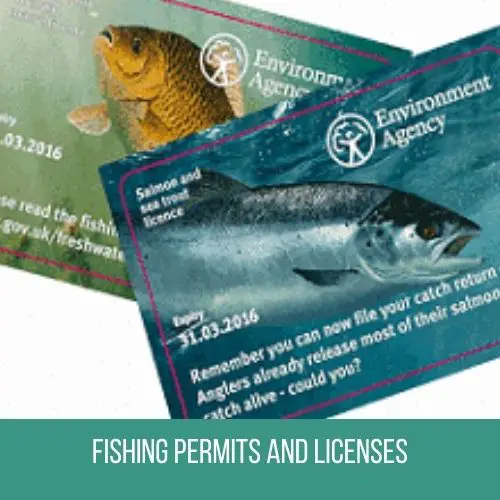
Seasonal Restrictions:
Be aware of any seasonal restrictions on rainbow trout fishing. Some ponds may have closed seasons or specific regulations during the spawning period to protect the fish population.
Catch Limits:
Understand the catch limits for rainbow trout in the stocked pond. Respect these limits to help maintain a sustainable fishery and ensure that others can enjoy the experience as well.
Bait and Tackle Restrictions:
Check if there are any restrictions on the types of bait and tackle allowed. Some areas may have rules about using only artificial lures or may prohibit certain types of live bait.
Catch-and-Release Policies:
If the pond encourages catch-and-release, understand the proper techniques for releasing fish safely. This may include using barbless hooks, minimizing handling time, and avoiding unnecessary stress on the trout.
Restricted Areas:
Some stocked ponds may have designated fishing areas or restricted zones. Respect these boundaries to maintain a positive relationship with local authorities and fellow anglers.
Environmental Considerations:
Adhere to any environmental guidelines or Leave No Trace principles. Avoid littering, and be mindful of the impact you have on the surrounding ecosystem.
Boating Regulations:
If the pond allows boating, be aware of any specific regulations related to watercraft. This may include restrictions on boat size, motor types, or specific launch areas.
Reporting Violations:
Familiarize yourself with the process for reporting any violations of fishing regulations. Being aware of and reporting illegal activities helps protect the environment and the integrity of the fishing experience.
Always check with local fish and wildlife agencies, or visit their websites, for the most up-to-date and accurate information on regulations.
Understanding and following these guidelines not only ensures a legal and responsible fishing experience but also contributes to the conservation and sustainability of the stocked pond’s ecosystem.
Conclusion:
In conclusion, mastering the art of catching rainbow trout in a stocked pond is a rewarding pursuit that combines skill, patience, and respect for the environment.
By selecting the right gear, adapting to changing conditions, and following local regulations, you increase your chances of a successful and enjoyable fishing experience.
Remember, the joy lies not just in the catch but in the journey itself. Tight lines, and may your future angling adventures be filled with the vibrant hues of rainbow trout dancing in the water.
FAQs:
Q: What is the best time of day to catch rainbow trout in a stocked pond?
A: Rainbow trout are often more active during the early morning or late afternoon. Experiment with different times, but generally, low-light conditions can increase your chances of success.
Q: What type of bait is most effective for rainbow trout in stocked ponds?
A: Rainbow trout are known to bite on a variety of baits. Popular choices include live bait such as worms or artificial baits like spinners, spoons, or power bait.
Q: How can I avoid spooking trout in clear water?
A: Use light fluorocarbon fishing lines to make them less visible. Approach fishing spots quietly, and cast from a distance to minimize disturbance.
Q: Are there specific regulations for catch-and-release fishing in stocked ponds?
A: Regulations vary, so check local guidelines. Use barbless hooks, wet your hands before handling fish, and minimize air exposure to ensure a safe release.
Q: What should I do if the stocked pond is crowded?
A: Try fishing during off-peak hours or on weekdays when there’s less fishing pressure. Explore less crowded areas of the pond for better chances.
Q: Can I use a boat in stocked ponds for rainbow trout fishing?
A: It depends on local regulations. Some ponds allow boats with specific restrictions on size and motor types. Check and adhere to boating regulations.
Q: How do I handle trout efficiently to minimize stress during catch-and-release?
A: Wet your hands before handling trout, use barbless hooks for easy removal, and minimize the time the fish spends out of the water. Release them gently to ensure their well-being.
Q: What’s the best way to locate trout in a stocked pond?
A: Look for areas with structure, such as submerged rocks or vegetation, as trout often hide near these spots. Additionally, observe the water surface for signs of feeding activity, like rising fish or ripples.

